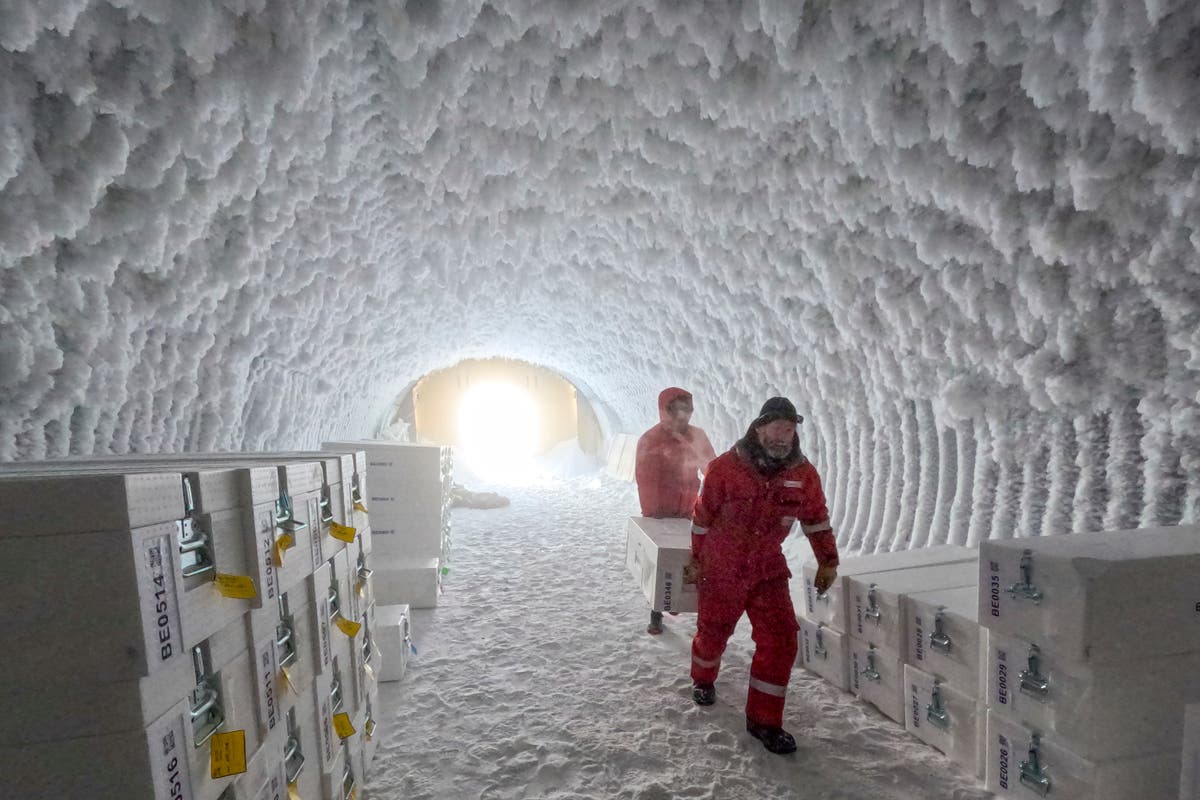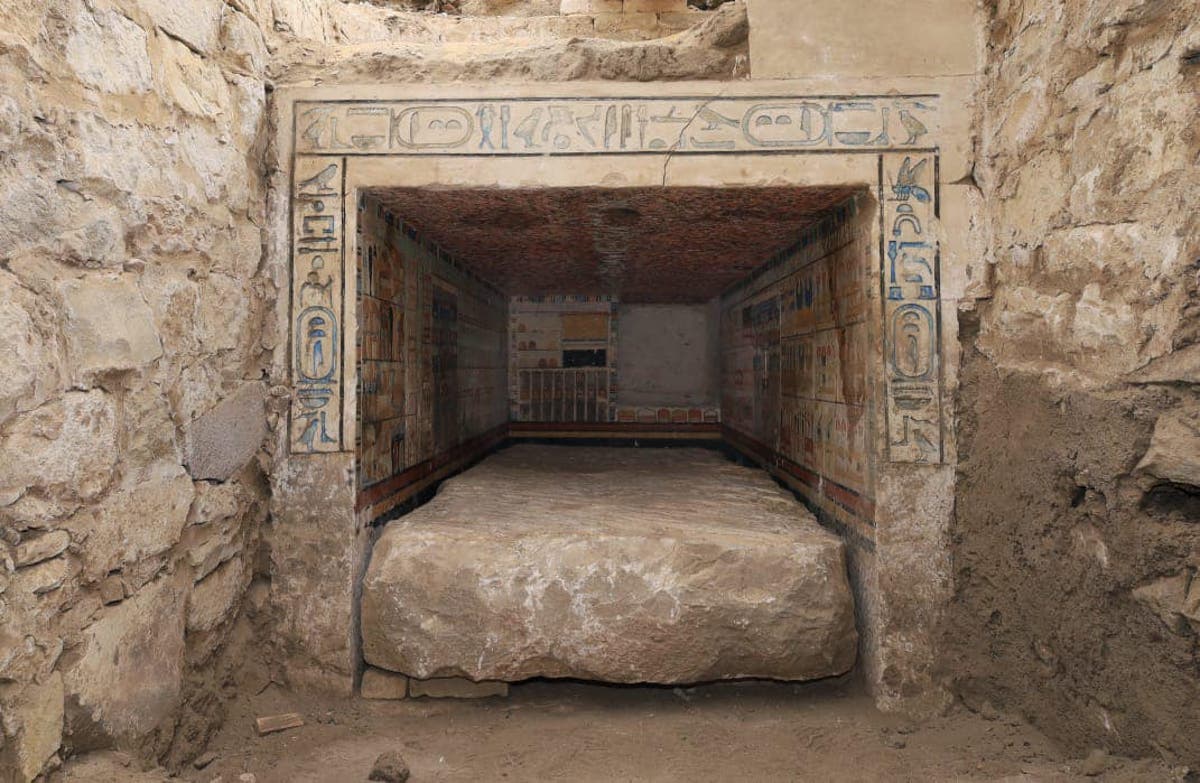NASA’s Parker Solar Probe has successfully completed its closest flyby of the sun, the space agency confirmed on Friday. This milestone marks a significant achievement in solar exploration.
Earlier this week, the spacecraft ventured within a record 3.8 million miles (6 million kilometers) of the sun's surface. Following this close approach, NASA received confirmation Thursday night that Parker had successfully endured the extreme conditions.
Launched in 2018, Parker is designed to directly study the sun, even flying through its corona, the star's outer atmosphere. This recent pass sets the stage for further solar observations at this proximity through at least September.
Notably, Parker is the fastest human-made object, reaching speeds of 430,000 mph (690,000 kph) during its closest approach. The spacecraft is equipped with a specialized heat shield, designed to withstand temperatures up to 2,500 degrees Fahrenheit (1,370 degrees Celsius).
The data collected by Parker are expected to provide vital insights into the sun's dynamics. Scientists anticipate this information will improve understanding of why the corona is dramatically hotter than the solar surface and the nature of the solar wind.







